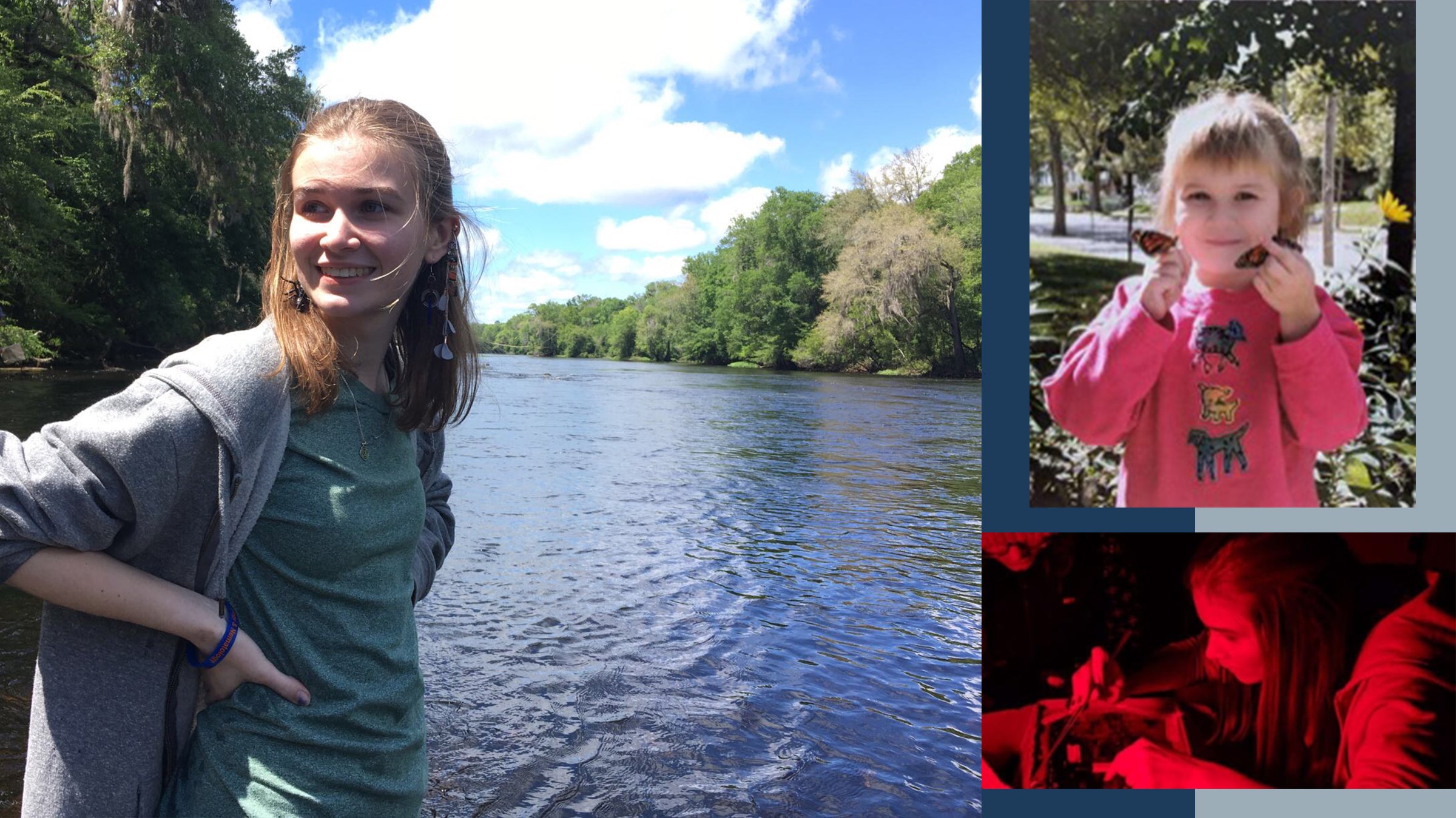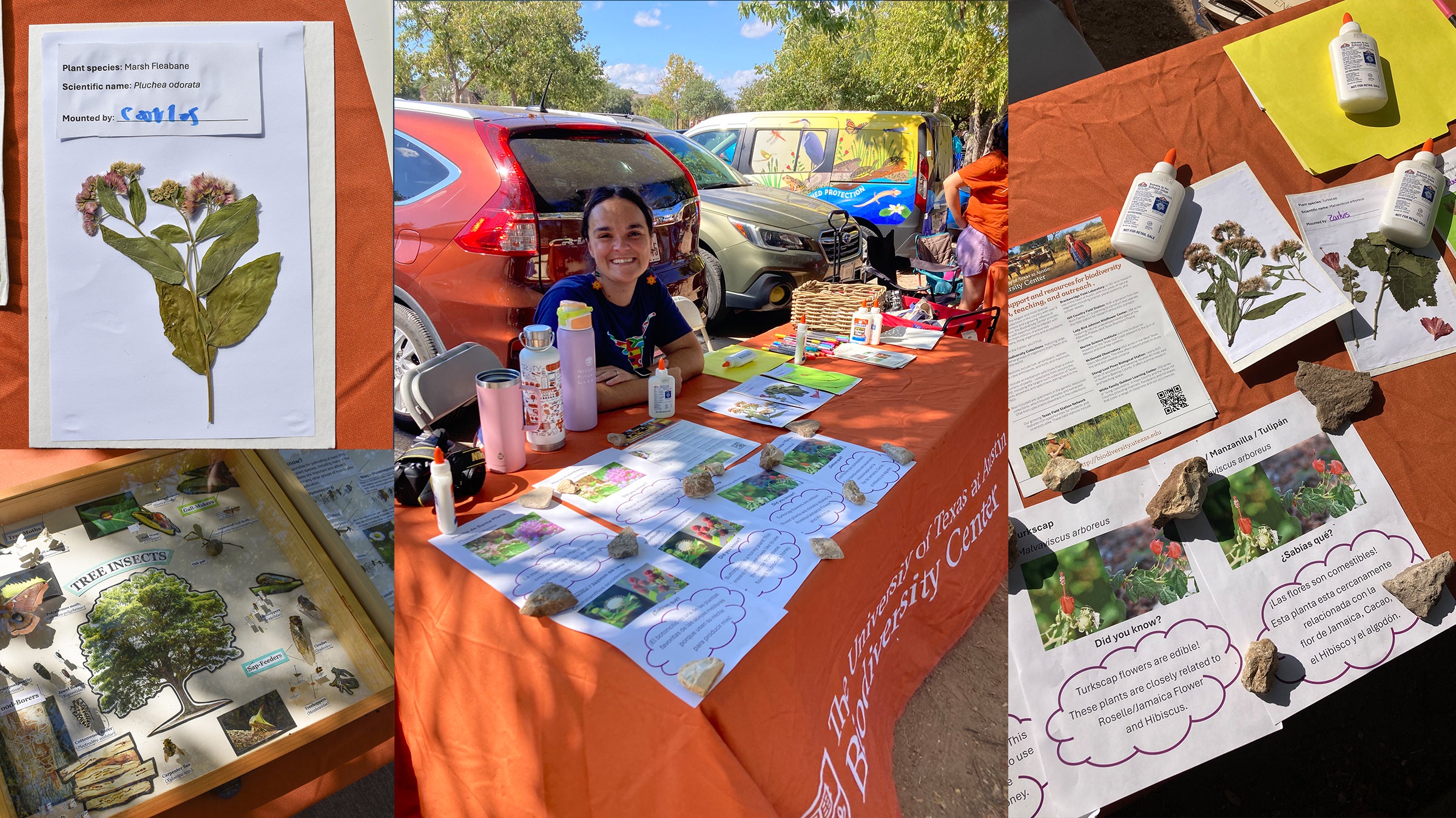History of Herpetology, Part 4: expanding research and collections

In this next blog in our UT herpetology history blog series, we’ll be looking at the growth of herpetology research faculty in the 1980s and 1990s, as well expansion of the Herpetology Collection curatorial staff.
Let’s start with a curatorial perspective and the Texas Memorial Museum (TMM).
During preparations for the 1936 Texas Centennial Celebrations, politicians and other citizens noticed that Texas did not have a state museum. This group was not the first to call attention to this fact. Since the 1900s, UT faculty had been sounding the alarm. East Coast institutions were taking research specimens out of Texas because of the lack of Texan collection facilities that supported research. As a result, Texan students or professors would have to travel great distances to study things like fossil remains that came from their own state.
Much effort within UT as well as the Texas American Legion went into securing finances to allow the start of construction of the TMM in 1936. The official opening to the public was in 1939. In 1959, ownership of TMM transferred from the State of Texas to UT Austin.
Robert Martin was curator of vertebrates at TMM in the 1960s until his retirement in the 1990s. For his Ph.D., Martin studied toad morphology under the highly-influential W. Frank Blair, who we have an article on here. Blair founded the Texas Natural History Collections (now the Biodiversity Collections) in the late 1940s, and he and his students in the Zoology Department assembled the research and teaching materials. The collection at the time focused on amphibians, reptiles, birds, and mammals.
These materials were transferred to the Texas Memorial Museum in the 1950s. The Herpetology Collection, along with other units of the Texas Natural History Collections, was transferred to the Department of Integrative Biology in 2014.
As the Herpetology Collection continued to grow after its beginnings, so did the faculty and research staff that studied amphibians and reptiles. As we explored in the History of Herpetology part 2 and part 3, these faculty additions included Michael Ryan and Eric Pianka. They also included the addition of faculty David Hillis, Jim Bull, David Cannatella, and curator Travis LaDuc.

DAVID HILLIS
David Hillis became part of the UT faculty in 1987. He currently is a Professor in the Department of Integrative Biology as well as the Director of the Biodiversity Center. Hillis was born in Denmark and grew up in the Belgian Congo where his father researched the mode of hepatitis transmission in chimpanzees. Here, Hillis spent a lot of time outdoors, catching lizards, snakes, and butterflies. His family fled the Congolese civil war and went to India, then the US where he became intrigued with reptiles and amphibians.
At Baylor University where he received his B.S., Hillis learned that amphibians were ideal organisms to study how species diverge and evolve. He would proceed to earn a M.S., Ph.M, and Ph.D degrees in Biological Science from the University of Kansas. It was during this time that he developed molecular approaches for reconstructing the evolutionary history or organisms (phylogeny), with an emphasis on the relationships of amphibians. He also made significant contributions to the understanding of hybridizations, molecular processes of evolutionary change, and statistical analysis of biological phylogenies.
Hillis has received many awards and accolades, including a Presidential Young Investigator Award from the National Science Foundation and a MacArthur Fellowship in 1999. He also is a member of the American Academy of Arts and Sciences and the United States National Academy of Sciences. He served as President for the Society of the Study of Evolution and the Society of Systematic Biologists.
Several species have been named after Hillis. These include: Hillis’s Stream Treefrog (Hyloscirtus hillisi), an Ecuadorian tree frog; Hillis’s Sticklizard (Pholidobolus hillisi), an Ecuadorian lizard; Hillis’s Bush Frog (Raorchestes hillisi), a Chinese frog; and Hillis's dwarf salamander (Eurycea hillisi), a salamander endemic to the southern US.

JIM BULL
Jim Bull started at UT in 1983, brought in based on his work on temperature-dependent sex determination in reptiles, research he started at the University of Wisconsin. Before his tenure at UT, Bull received his B.S. in Zoology at Texas Tech in 1971, and his Ph.D. in Biology at the University of Utah in 1977. From 1977–1980, he was a NIH Postdoctoral Trainee at the University of Wisconsin with geneticist James F. Crow. From 1980–1981, he was an NATO Postdoctoral Fellow at the University of Sussex, England, working with J. Maynard Smith. Since 2019, Bull has taught in Biological Sciences at the University of Idaho.
Bull’s first decade at UT was a continuation of his research in temperature-dependent sex determination in reptiles, in both turtles and leopard geckos. This work involved collaborations with David Crews on the physiology and behavior aspects, and then later with David Hillis on the molecular aspect. Since this work required turtle eggs, Bull would often snorkel in the north end of Town Lake (now Lady Bird Lake) to catch turtles with eggs. Town Lake was at the time off limits to swimming, but that never stopped Bull. The females they caught were all eventually released back to Town Lake, and shortly after, eggs were bought from Louisiana.
Bull’s one study of alligator eggs led to a rather interesting reptile situation. Bull and Bob Mason, a student at the time of David Crews, had acquired these eggs from the Rockefeller Wildlife Refuge in Louisiana. After hatching them and determining their sexes, the question was: what to do with the hatchlings? A post-doc decided to put them in a small isolated pond on the site where they were living, the thought being that they’d stay here. They did not and one alligator was found on someone’s doorstep. The gator made the local news, and led many in the public to think alligators were still in the wild around Austin.
Around the 1990s, Bull switched his research away from reptiles to work with microbes for experimental evolution. Now, his current research focuses on evolutionary genetics, from the molecular level through to the physical expression of genes in organisms. He investigates such topics as the evolution of engineered genomes, the evolution of drug resistance in microbes and how organisms adapt, both in theory and experimentally. Some of his most influential work includes the 1983 monograph, Evolution of Sex Determing Mechanisms. In 2003 he was elected a member of the American Academy of Arts and Sciences. In 2016 he was elected to the National Academy of Sciences. He is the Joseph J. & Jeanne M. Lagowski Regents Professor Emeritus in Molecular Bioscience at UT.

DAVID CANNATELLA
David Cannatella became part of the UT faculty in 1990, starting as a research Curator before becoming tenured. He is an evolutionary biologist and Professor in Integrative Biology as well as the Associate Director of the Biodiversity Center. He received his B.S. in Zoology at the University of Southwestern Louisiana; his M.S., M.A., and his Ph.D. in Systematics and Ecology at the University of Kansas. Cannatella is very interested in understanding the amphibian Tree of Life. His lab focuses on research on evolution of frogs from a phylogenetic perspective. These include speciation, biogeography, biodiversity of Neotropical species, phylogenomics, integrating fossil and phenotypic data, acoustic communication, aposematism and chemical defense in poison frogs, a group of about 300 Neotropical species. In 2022, Cannatella was elected as a fellow to the American Association for the Advancement of Science.

TRAVIS LADUC
Travis LaDuc is the Curator in the Herpetology Collection. He was born in Tucson, Arizona where he developed an early interest in reptiles, partially because of childhood allergies to animals with fur (since outgrown!). In high school, one of his first jobs was as a reptile keeper at the Arizona-Sonora Desert Museum. While working as zoo keeper, LaDuc participated in many outreach programs with the public, a passion that transitioned to his early days at the Texas Memorial Museum where he participated in many public outreach events at schools and civic events. His previous zoo experience helped to support opportunities to display live animal exhibits (reptiles and invertebrates) at the TMM in the mid 2000’s.
LaDuc worked on several field projects during his time as a zookeeper and subsequently, as an undergraduate student at the University of Arizona. Those field experiences, particularly those working with montane rattlesnakes in southeastern Arizona and herpetological surveys in the Yuma Desert in southwestern Arizona, solidified his passion for rattlesnakes and deserts. He received his B.S. from the University of Arizona, his M.S. from the University of Texas at El Paso, and his Ph.D. here at UT. While working on his dissertation, LaDuc maintained a colony of 60+ live venomous snakes in his lab space within Patterson Labs (PAT). As Curator, LaDuc works with over 116,000 (and growing) amphibian and reptile preserved specimens. He also teaches natural history field courses and continues to participate in outreach activities. His own research focus is on the biodiversity and natural history of Texas reptiles and amphibians, with current and recent projects examining the demography, habitat use, and natural history in three populations of reptiles: Plain-bellied Watersnakes (Nerodia erythrogaster) on the University of Texas campus, Yellow Mud Turtles (Kinosternon flavescens) in Jeff Davis County, and Spot-tailed Earless Lizards (Holbrookia lacerata and H. subcaudalis) across the state of Texas.



